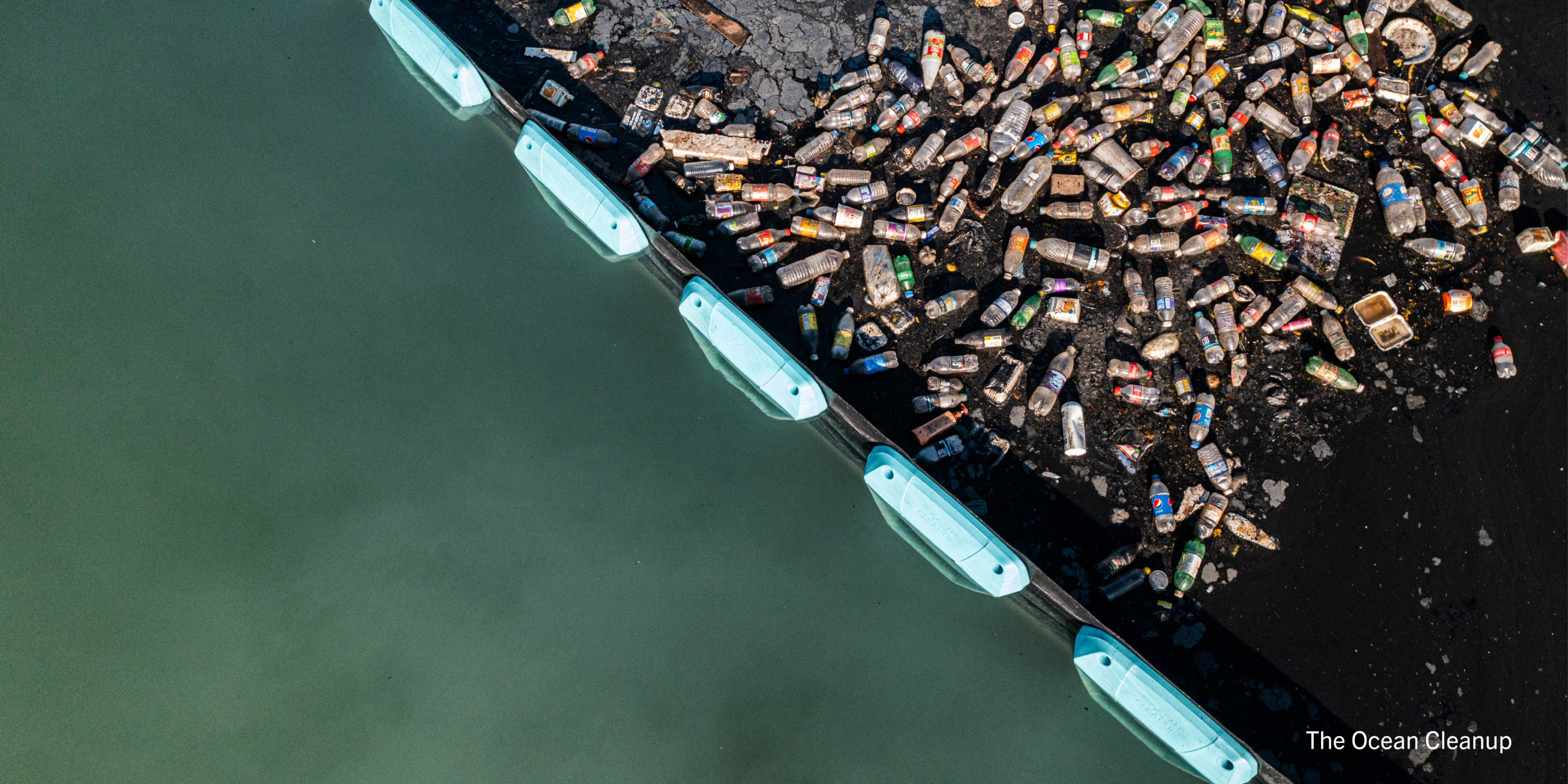
Fishing nets. Water bottles. Toys. We all know not to litter, but many of us don’t know that much of the plastic trash from our homes and businesses winds up in the ocean.
Researchers estimate there are more than five trillion pieces of plastic waste in the ocean, and this debris collects in five zones in the ocean. The largest one, the Great Pacific Garbage Patch, is twice the size of Texas and is located halfway between Hawaii and California. The “patch” is not a solid island of trash, but an area where plastics and microplastics—pieces smaller than 5 mm—are prevalent.
Plastic in the ocean causes devastating harm to marine life. Animals get tangled up in old fishing nets. Sea turtles mistake plastic bags for jellyfish and try to eat them. Seabirds that live thousands of miles away from human-inhabited islands feed plastic to their young, and the chicks starve.
Scientists are especially alarmed by microplastics in the ocean, which result when larger plastic breaks down over time. These tiny pieces of plastic—think a fiber of fleece or a speck from a Styrofoam coffee cup—are even harder to clean up. Microplastics are consumed by plankton and other life at the bottom of the food chain, and they move up the food chain as organisms are ingested by larger organisms, including us.
Today, microplastics have been found in nearly every part of the human body, and scientists are just beginning to understand the impact of microplastics on our health. One study published in the New England Journal of Medicine showed that people whose plaque in their blood vessels contained microplastics and nanoplastics (between 1 and 1,000 nanometers in length) were 4.5 times more likely to later suffer from myocardial infarction, stroke, or death than those whose plaque did not contain plastic.
Despite the complexities involved, this problem is not impossible to solve, and we cannot afford inaction. One organization that Helmsley supports, the Ocean Cleanup, has developed a system that cleans an area of ocean the size of a football field every five seconds, and is scaling up to clean the Great Pacific Garbage Patch. Given the vast size of the ocean, we will need many more large-scale undertakings to tackle this problem. We need funders to champion innovative solutions to safeguard our oceans from plastic pollution. Efforts may include capturing plastic debris in our rivers and at our coastlines before they reach the ocean. Or reducing the plastic waste that we produce. Or devising new ways to recycle plastic. There are any number of possible ways to combat plastic pollution in the ocean. We just need to act.